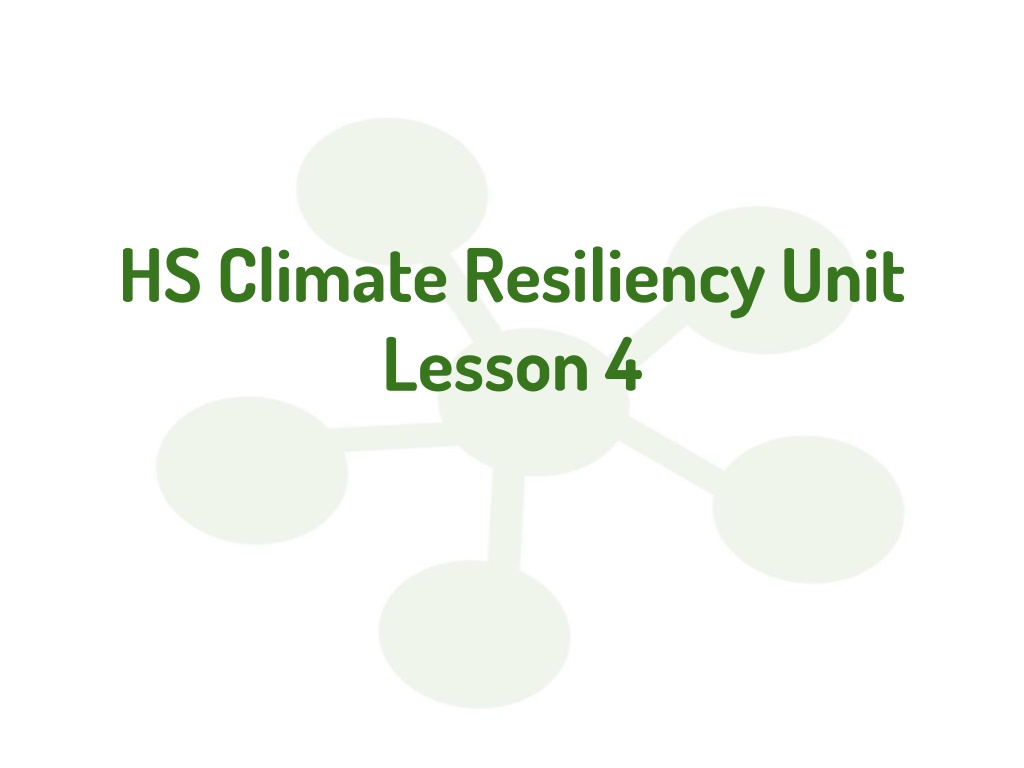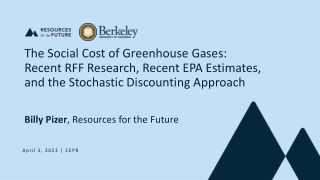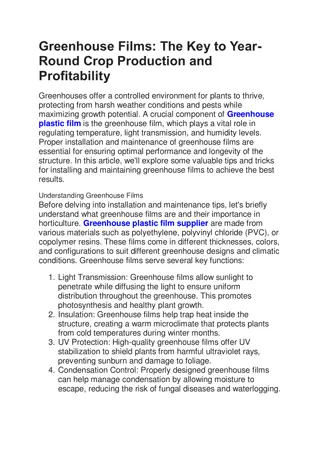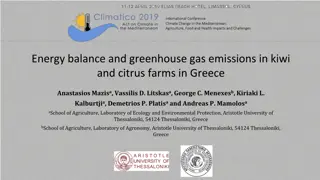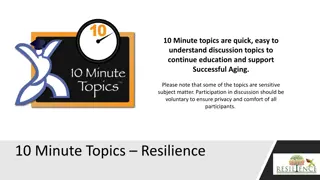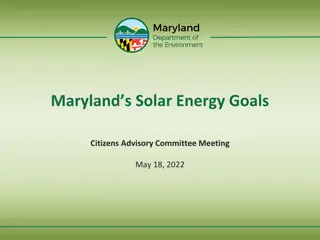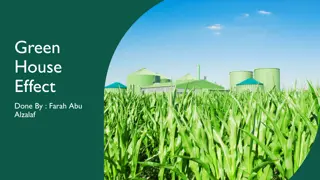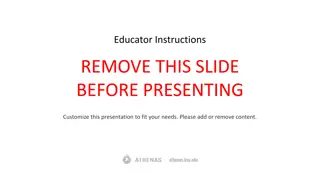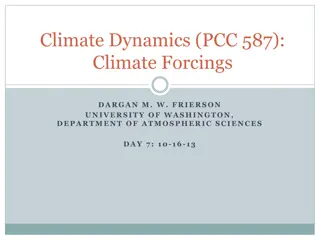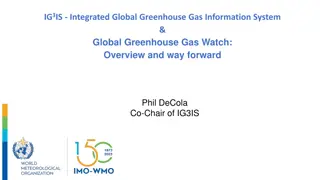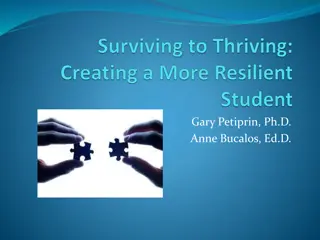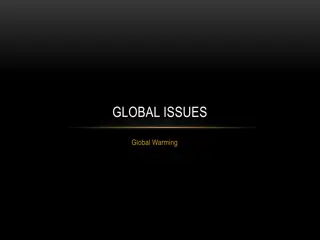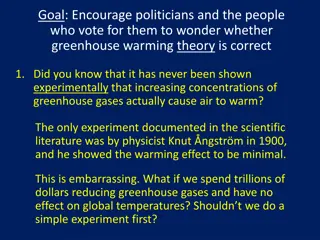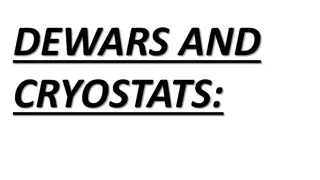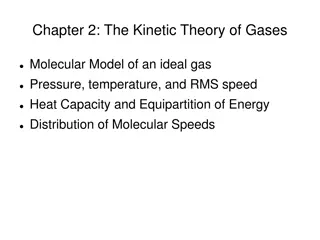Understanding Climate Resiliency and Greenhouse Gases in High School Lessons
In this high school climate resiliency unit lesson, students explore the concept of albedo and its impact on temperature changes. They investigate factors affecting temperature, calculate temperatures based on albedo, and delve into understanding greenhouse gases and their contributions to climate change. The lesson prompts critical thinking on mitigating environmental impacts and exploring ways to investigate greenhouse gas effects further.
Download Presentation

Please find below an Image/Link to download the presentation.
The content on the website is provided AS IS for your information and personal use only. It may not be sold, licensed, or shared on other websites without obtaining consent from the author. Download presentation by click this link. If you encounter any issues during the download, it is possible that the publisher has removed the file from their server.
E N D
Presentation Transcript
HS Climate Resiliency Unit Lesson 4
Do now What did we figure out last class about albedo? What does it help us explain? What are some gaps that albedo doesn t help us explain?
Initial Ideas What are we missing from our explanation? How can we use our understanding of albedo to understand the increase in state temperature?
Initial Ideas Average state temperature are also increasing, not just city temperatures, how can we explain this? What is the difference between the spikes versus the overall trend line on the graph?
Calculating temperatures based on Albedo T=Temperature in Kelvin
Calculating temperatures based on Albedo T=Temperature in Kelvin
Calculating temperatures based on Albedo T=Temperature in Kelvin
Calculating temperatures based on Albedo What should the average temperature should be for our state based on the albedo we estimated for Colorado? Does that sound correct for what is actually is?
Next Steps What could we do to investigate this idea of greenhouse gases?
Greenhouse Gases What gases are in this room right now? What gases are produced by living organisms? What gases are considered emissions from our Driving Questions board? What are emissions and what affects them? What percentage does each of these gases make up of our atmosphere?
Develop a Model How do Greenhouse Gases affect Earth?
Making Sense and Building Understandings Answer the questions in your Student Activity Sheet
Consensus Building What have we figured out so far?
Questions What are we wondering? What questions should we answer next?
